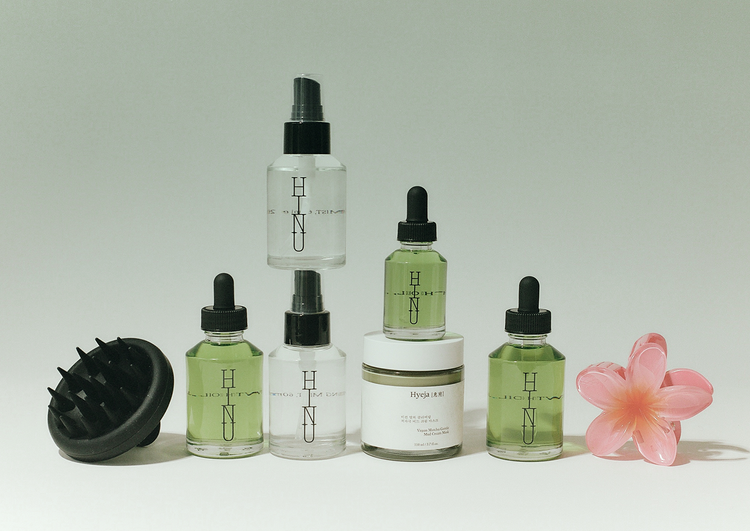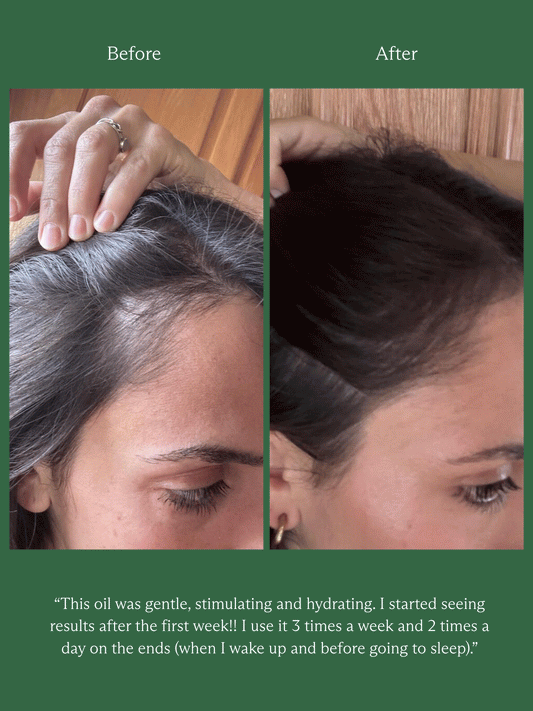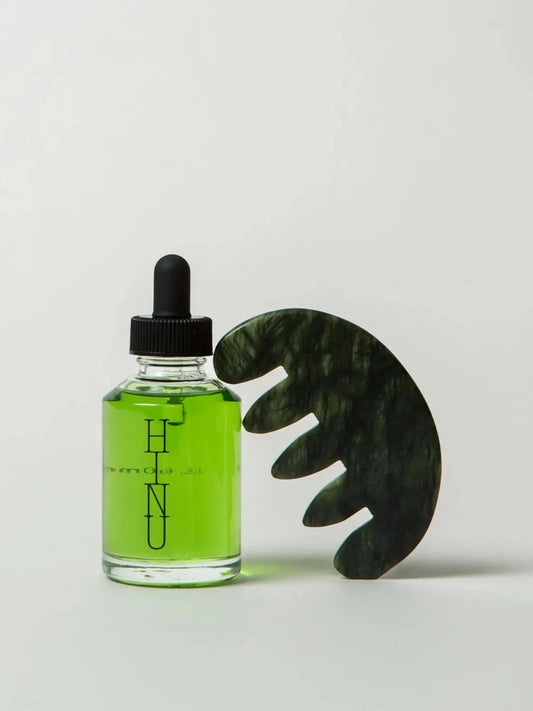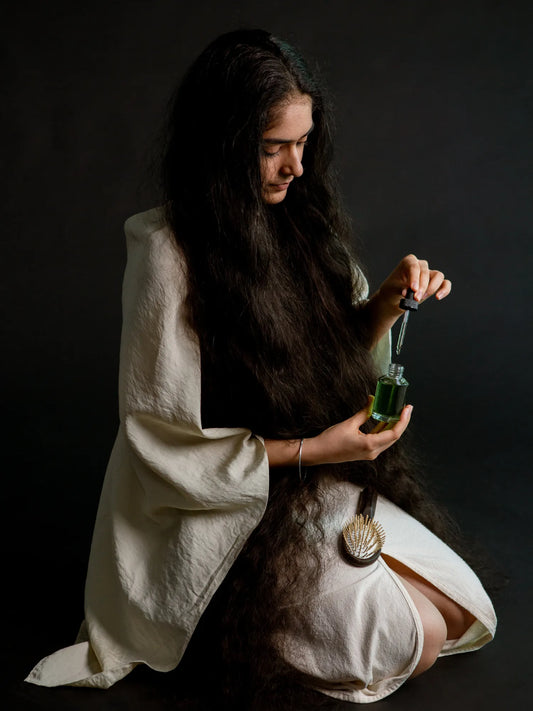
For Jung, dreams weren’t mere figments of our imagination but profound messages from the unconscious, teeming with symbols that hold keys to our personal and collective psyches. Fascinatingly, he believed that over 90% of dream content arises from the unconscious, providing a wellspring of untapped knowledge and insights. Among the symbols that feature in this nocturnal theatre, hair stands prominently. Its varied appearances in our dreams, reflecting the myriad aspects of our psyche, serve as a gateway into understanding ourselves better.
Within this nightly realm, dreams function as both a mirror and a sandbox. They reflect our deepest desires, fears, and emotions, while also offering a safe environment where our minds can simulate scenarios, assessing our responses and emotions in the face of desired or feared changes. Using Jung's framework as a compass, let’s explore the world of hair-themed dreams and decipher their messages.
Dreaming of Hair Loss
Witnessing one’s hair fall out in dreams can be a disconcerting experience.
Interpretation: In the Jungian perspective, hair is often seen as an extension of the self, reflecting power and identity. Thus, such dreams could symbolise a perceived loss of personal power or a detachment from one's persona. From a broader perspective, these dreams might be the psyche's way of simulating our reactions to possible changes in our external appearance or status, assessing our fears and insecurities.
Dreaming of Coloured Hair
Confronted by a sudden splash of colour in your hair or an unexpected texture in dreams? These can be quite revelatory.
Interpretation: Dramatic hair changes, in the context of Jungian psychology, can represent the myriad facets of the anima (the feminine side of the male psyche) or the animus (the masculine side of the female psyche). Such dreams could be the unconscious nudging one towards a deeper understanding of these archetypal energies within, or they might be simulations of desired self-expressions, pushing the dreamer to embrace suppressed or neglected aspects of their personality.
Dreaming of Transformative Haircuts
Dreams that revolve around cutting one's hair or undergoing a dramatic trim might be filled with symbolic undertones.
Interpretation: Haircuts inherently signify transformation. Jung might suggest that this act in dreams represents a desire for change, possibly related to individuation – the process of becoming the person one is inherently meant to be. Such dreams might be the mind's way of testing waters about embracing change or confronting aspects of oneself that need release or modification.
Dreaming of Tangled Locks
Unruly tresses could symbolise complex, entangled situations in life or inner conflicts that one grapples with. They might reflect the Shadow – those parts of ourselves we deny or repress. Attempting to untangle these knots could be the psyche's way of exploring potential resolutions or pathways to integrate these shadow aspects harmoniously.
While these interpretations provide a framework, dreams are inherently subjective experiences. Their true essence often melds with personal histories, cultural imprints, and unique emotional landscapes. It's essential to remember that dreams are not just passive narratives; they are active simulations, providing the dreamer a safe space to confront, understand, and integrate their fears, desires, and aspirations.
For those who find hair themes recurrently weaving through their dreams, it could be beneficial to consult the vast body of Jungian dream analysis. It might offer more tailored insights, acting as a bridge between the conscious and the vast, insightful unconscious.
